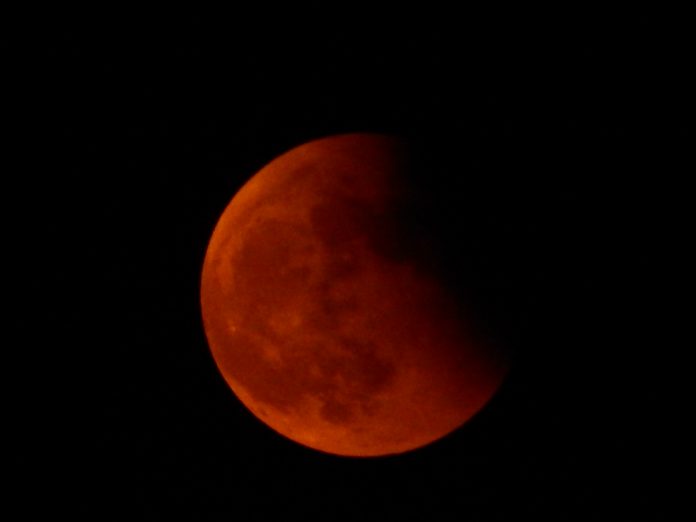 Comparing Pallas-1 and Galactic Energy’s Falcon 9 Competitor
Comparing Pallas-1 and Galactic Energy’s Falcon 9 Competitor
Galactic Energy, a Chinese startup in the space industry, is making waves with its Pallas-1 rocket. This rocket, which is set to undergo testing this year, is seen as a potential workhorse for the Chinese space industry. But how does it compare to the well-established Falcon 9 rocket?
Galactic Energy was founded in 2018 and has already gained recognition for its Ceres 1 rocket, which has seen five successful launches. This track record has raised hopes for the success of the Pallas-1. The rocket will be powered by Cangqiong kerosene-liquid oxygen engines, which were developed by Galactic Energy. It is expected to have a payload capacity of 11,000 pounds to low Earth orbit.
The company aims to conduct the first flight of the Pallas-1 in the third quarter of 2024, with plans to recover the first stage of the rocket using legs in 2025. Galactic Energy has even performed a hop test using a jet engine powered test article to test its capabilities.
In the race for reusable rockets, only U.S. companies SpaceX and Blue Origin have been successful so far. However, the Chinese space industry is investing heavily in reusable rocket technology, partly due to plans for constellations like the “G60 Starlink” broadband constellation. Galactic Energy is also working on a triple-core variant of the Pallas-1, which could launch in 2026.
The Pallas-1 is likely to play a significant role in satellite launches for the G60 Starlink and the Guowang project. The Guowang project aims to send approximately 13,000 satellites into low Earth orbit, similar to SpaceX’s Starlink system.
When comparing the Pallas-1 to the Falcon 9, it is clear that there are similarities in terms of the reusable first stage design. However, the Pallas-1 does not have the same capacity to deliver large payloads. The Falcon 9 stands at 70 meters in height, with a diameter of 3.7 meters, and a payload capacity of 22,800 kilograms to low Earth orbit. In contrast, the Pallas-1 is 42 meters tall, with a diameter of 3.35 meters, and a payload capacity of 5,000 kilograms to low Earth orbit.
The Falcon 9 has an impressive track record, with 264 successful landings and 237 reflights out of its 306 total launches. It has been in operation for over 15 years, making it a well-established rocket in the industry.
Despite its differences in payload capacity, the Pallas-1 holds promise for the Chinese space industry. With an ambitious future planned and the need for reusable rockets to support megaconstellations like the G60 Starlink and Guowang project, Galactic Energy has secured significant funding for the Pallas-1. In 2023, the company secured $154 million in funding for the project, which will be used for development, research, and infrastructure.
As the Chinese space industry continues to grow and evolve, the Pallas-1 has the potential to become a crucial player in satellite launches and contribute to the country’s space exploration efforts. With its innovative design and strong financial backing, Galactic Energy is set to make its mark in the space industry and compete with established players like SpaceX.



